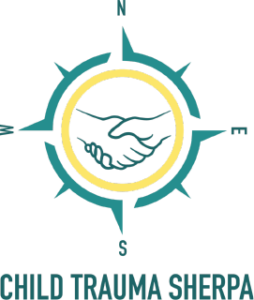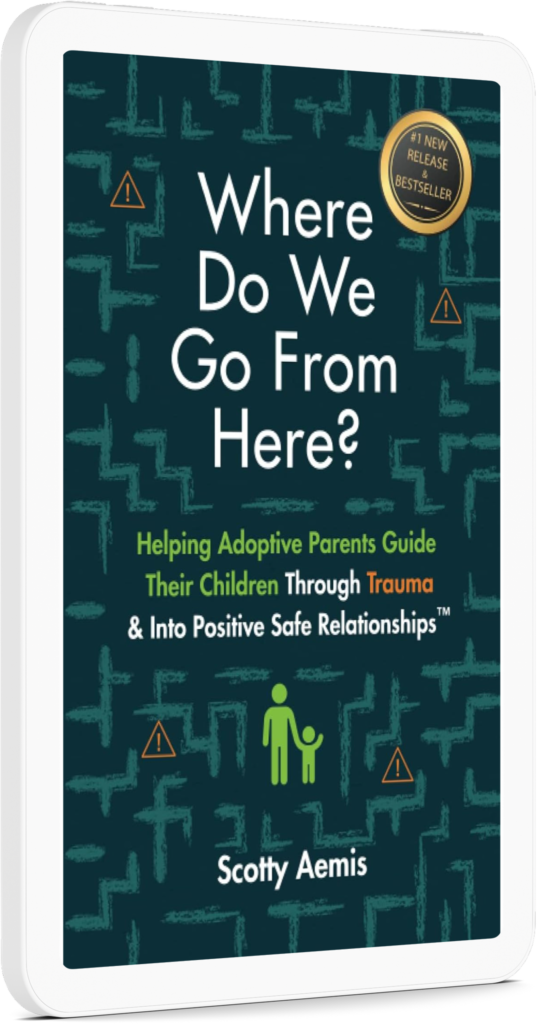Studies of Childhood Trauma, Causes, and What We Can Do to Deal with Childhood Trauma
The term PTSD, or post-traumatic stress disorder, is a more recently coined term, however, that doesn’t mean that PTSD hasn’t been around for a long time. It wasn’t until after the Iraq War that the diagnosis was being given to war veterans, with many in the medical community acknowledging that this was probably a term that should have been used after the Vietnam War. But what about childhood trauma? Is it on the rise? Let’s dive into this very topic and the scientific findings.
Recent Studies on the Prevalence of Childhood Trauma
One long-term 2018 study of children did indeed find that childhood trauma is more commonplace than is often assumed, and that its effects aren’t just limited to depression and PTSD, but are actually more broadly based.
This study began in 1993 and continued through 2015, annually observing 1,420 children, selected randomly from a group of 12,000 children. The study’s sample was designed to over-represent frequently underrepresented communities, such as rural and Native American.
The striking perspective that emerged from this study is that it is a myth to believe that childhood trauma is a “rare experience.” In fact, researchers found that it is a normative experience, with trauma affecting the majority of children at some point. A whopping 60 percent of those in the study were exposed to at least one traumatic event by age 16.
Furthermore, another recent study out of the University of Connecticut’s School of Medicine found that by age 4, one in four children in the United States had experienced a traumatic event. It also found that for children in low-income households, this trauma risk doubles to one in two children.
What is Causing the Increase in Childhood Trauma?
Before we can talk about why there is an increase in childhood trauma, we first need to look at what is considered a traumatic event. These adverse childhood events (ACEs) can include, but are not limited to:
- Experiencing violence, abuse, or neglect
- Witnessing violence in the home or community
- Having a family member attempt or die by suicide
- Having a family member die suddenly
- Being sick with cancer or other disorder that causes hospitalization
- Pandemics and other health crises
- Being in a natural disaster
- War and refugee experiences
- Growing up with food insecurity, unstable housing, or experiencing homelessness
- Experiencing discrimination
- Growing up in a household with substance abuse problems
- Growing up in a household with mental health issues
- Growing up in a household with instability due to parental separation or divorce
- Growing up in a household with instability due to members of the family being in jail or prison
- Witnessing/being a victim of a mass shooting
When we look back on recent history while keeping these ACEs in mind, it’s not hard to understand why childhood trauma is on the rise. Children born in the 80s and 90s dealt with higher rates of divorce. The late 90s saw the start of school mass shootings, with mass shootings generally being on the rise.
Natural disasters have also been on the rise, or have seen an increase in intensity. Just think of this most recent hurricane season, with hurricane Helene and Milton hitting the Florida panhandle only weeks apart in early October 2024, both with devastating storm surge and over 200 people dead after the first of the two hurricanes alone.
School shootings and gun violence have also been on the rise. According to Sandy Hook Promise, 12 children die every day in America from gun violence, with another 32 shot and injured, making guns the leading cause of death among U.S. children and teens. This statistic is easy to understand when you realize that more than 338,000 students in the United States have experienced gun violence at school since the Columbine High School shooting in 1999.
Finally, the Coronavirus Pandemic of 2020 swept the country and shuttered schools for more than 50 million children as everyone had to stay at home. Millions of those very children relied on their schools for food, physical and mental health care, shelter, and safety. Many parents were thrust into unemployment, further destabilizing home situations for many children and setting off a mental health crisis compounded by loss, grief, and isolation.
Dealing with Childhood Trauma
So what can we do about childhood trauma? While many of these events, like natural disasters and health crises, are well out of our control, there are some things we can do to help our kids heal from childhood trauma!
I invite you to become more trauma-informed in your home, school, and other workplaces. Knowledge about trauma and what we can do to support children during their healing journey is a crucial role for adults.
I have my own experience as a parent of adopted children with trauma, and have been on a quest to learn as much as I can about childhood trauma and share with others about how to help children heal from it. You can find a wealth of free knowledge and information right here on the Child Trauma Sherpa blog! It focuses on building positive and safe relationships based on trust and giving children the space they need to heal from their trauma. Not only do I share my insights here on this blog, but I also share additional knowledge on building positive, safe relationships in my book, Where Do We Go From Here.
Please join me in making this world a safe place for children with trauma to heal and live fulfilling lives!


